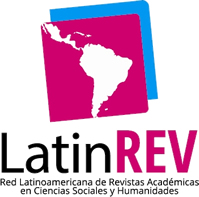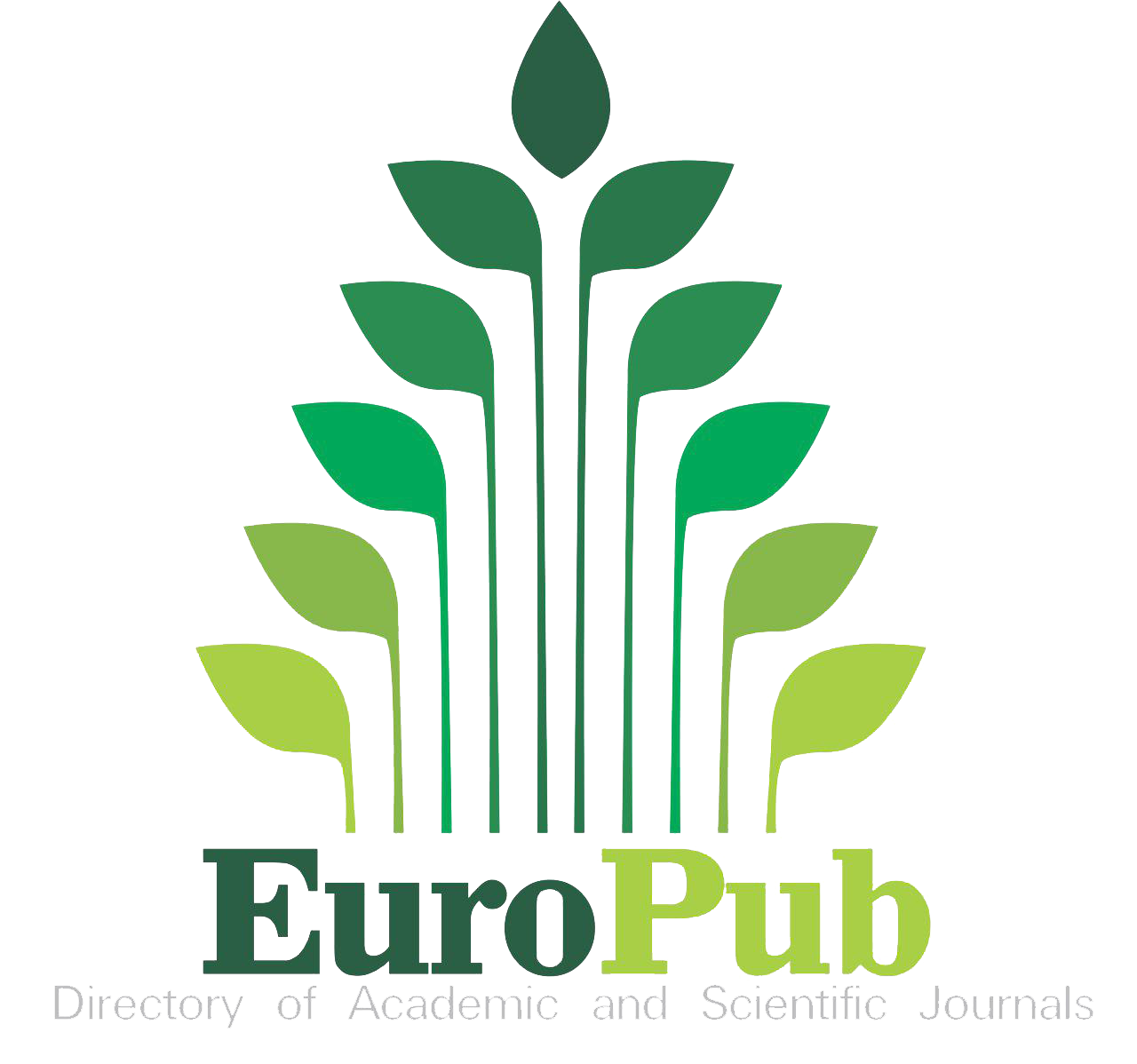Areté, Academic Ethos, ICT's and Pandemic in Mexico
DOI:
https://doi.org/10.53645/revpropulsion.v3i1.61Keywords:
Ethos, ICT, planning, art of teaching, AretéAbstract
This research aims to explain the art of teaching by alluding to some philosophical and pedagogical conceptions in the exercise and training of students. It aims to relate two Greek terms Areté, Ethos and their relationship with the art of teaching. And how the lack of both directly affects the teaching-learning process. It shows the effect that our resistance to change can have on students, having an egocentric attitude of not seeing the need to train ourselves in the knowledge and appropriation of Information and Communication Technologies (ICT). It is intended to demonstrate how the art of teaching is closely related to vocation, passion, creation, flexibility, commitment, appropriation of methods, instruments or tools that help students to think, reflect, propose, enjoy, generate, interpret and understand their reality. The deductive method is used, starting with a brief national background and is grounded in a case study in the Faculty of Political and Social Sciences of the National Autonomous University of Mexico. Official data and various digital resources are used.
Downloads
References
Alvar, (2020). Convocatoria a reunión informativa virtual. [Correo electrónico].
Bronowski, J. (1978). El sentido común de la Ciencia. Barcelona: Península.
Centro de Estudios Políticos, (2020). Convocatoria a reunión informativa virtual. [Correo electrónico].
Dirección General de Asuntos del Personal Académico (DGAPA), (2020). Estadísticas del personal académico 2020. Recuperado de URL: https://bit.ly/3vpmoWt
El Informador, (2011). Capacita la UNAM a sus maestros en tecnologías informáticas. Informador.Mx. Recuperado de https://bit.ly/3pLFfte
Facultad de Ciencias Políticas y Sociales. (2015). Funciones de las Comisiones del H. Consejo Técnico. Recuperado de https://bit.ly/2U0dYYt
Freire, P. (2007). La educación como práctica de la libertad. México: Siglo XXI.
Gobierno de México, Secretaría de Comunicaciones y Transportes. (2019). Anexo 4: Sitios públicos por conectar. Recuperado de https://bit.ly/3xtWMcr
Instituto Nacional de Estadística y Geografía (INEGI). (2020). Encuesta para la Medición del Impacto COVID-19 en la Educación (ECOVID-ED) 2020. Recuperado de https://bit.ly/2U1S1rZ
Montesquieu, Ch. (2010). El Espíritu de las Leyes. México: Porrúa.
Olivares, (2021). Consulta. [Correo electrónico].
Platón. (1988). IV República. España: Gredos.
Presidencia de la República, México. (2019). Plan Nacional de Desarrollo 2019-2024. Recuperado de https://bit.ly/3cxc4Vp
Portal de Estadística Universitaria, (2021). Series Estadísticas UNAM, 2000 a 2021. Recuperado de https://bit.ly/3cwO3Oo
Prensa total. (28 de marzo de 2019). Niño utiliza luz del poste para realizar sus tareas escolares (Video). Recuperado de https://bit.ly/2Ssa2PK
Rousseau, J.J. (1965). Las confesiones. Madrid: Adat.
Rousseau, J.J. (2008). Emilio o de la educación. México: Grupo Editorial Éxodo.
Rousseau, J.J. (s/f). Emilio o de la educación. Recuperado de https://bit.ly/3iAN9V6
Russell, B. (1983). La perspectiva científica. Madrid: Sarpe.
Secretaría de Educación Pública, (2020). Principales cifras del sistema educativo nacional, México. Recuperado de https://bit.ly/35bhNMH
Secretaría de Gobernación. (16 de abril de 2021). Diario Oficial de la Federación. Recuperado de https://bit.ly/3zo5wSQ
Sietemasumma. (2020). Experiencias docentes - Como llegar a los alumnos que no tienen internet (Video). Recuperado de https://bit.ly/3izgi2G
Weber, M. (s/f). El político y el científico. Recuperado de https://bit.ly/3vgXfNe

Published
How to Cite
Issue
Section
Categories
License
Copyright (c) 2021 María Margarita Flores

This work is licensed under a Creative Commons Attribution-NonCommercial 4.0 International License.
- Esta licencia permite a los reutilizadores distribuir, remezclar, adaptar y construir sobre el material en cualquier medio o formato solo con fines no comerciales, y solo mientras se dé atribución al creador.Incluye los siguientes elementos: POR – Se debe dar crédito al creador NC – Solo se permiten usos no comerciales de la obra.







